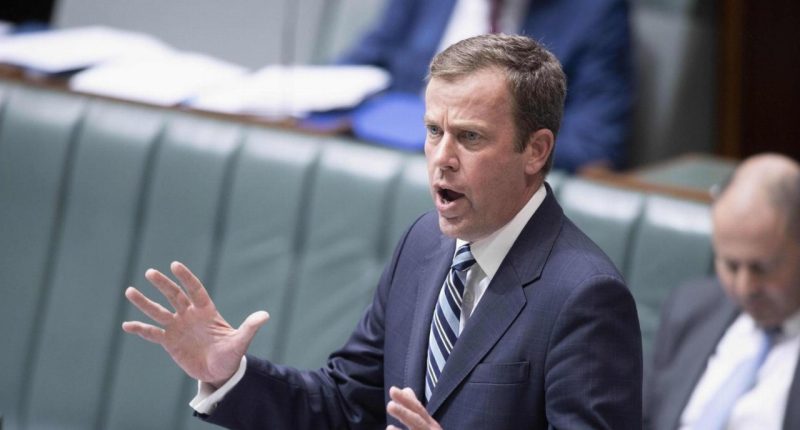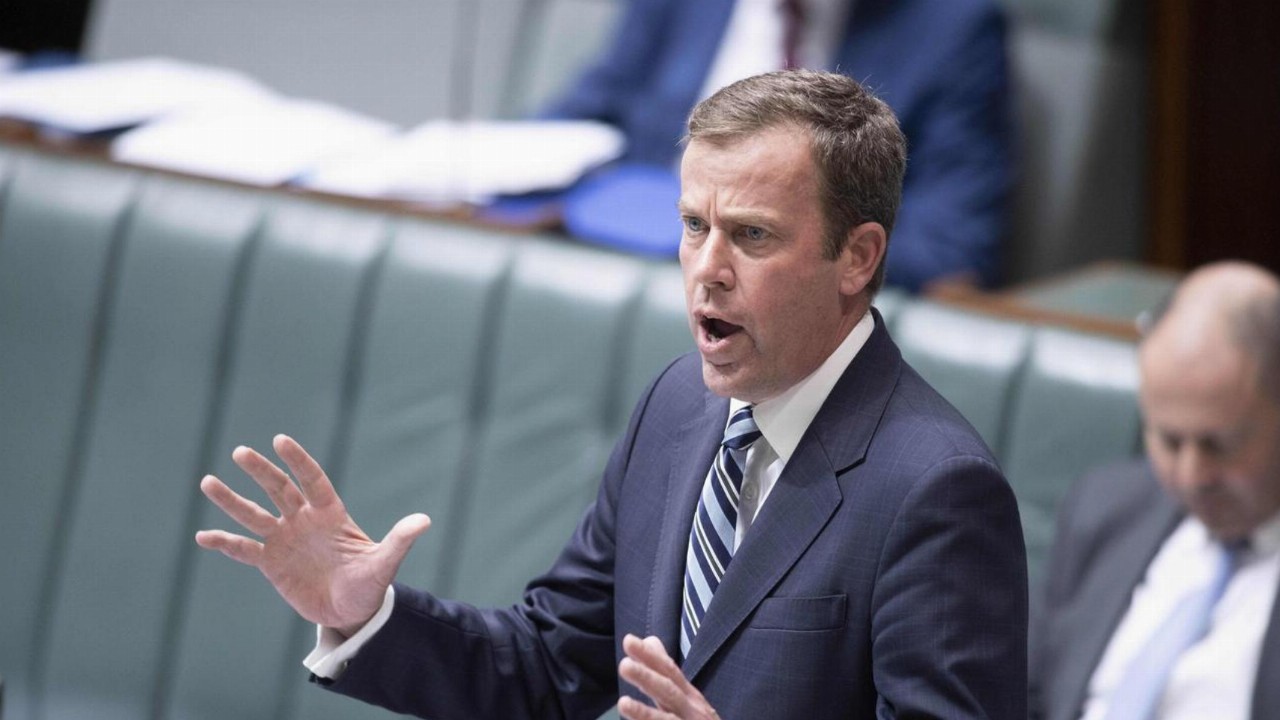- Australian exports soared in the final month of 2020 despite rising trade tensions with China bringing on a string of tariffs and restrictions on Australian products
- Over 2020, China slapped heavy tariffs on Australian barley and wine and even banned the export of some beef, lamb, and coal products
- Despite this, however, Australia recorded its fourth-largest trade surplus of all time in December; a surplus of $9 billion
- Moreover, the surplus was driven by major growth in Aussie exports to China, which remains Australia’s biggest export partner by some distance
- Iron ore, which has been untouched in the Canberra-Beijing trade dispute, was a major driver of the export growth in December
- Yet, coal and barley exports also grew substantially in December despite the Chinese trade restrictions
- Year-on-year exports were stronger in December 2020 than the year before, while imports were marginally softer
Australian exports soared in the final month of 2020 despite rising trade tensions with China bringing on a string of tariffs and restrictions on Australian products.
The latest data from the Australian Bureau of Statistics (ABS) highlighted a December goods trade surplus of $9 billion — the fourth-highest surplus on record and an increase on November’s already-strong $7.4 billion surplus.
This surplus was driven by a 21 per cent increase in exports to China, even as Australian wine, timber, burley, coal, and other industries face trade hurdles from Beijing.
What’s the trade tussle about?
Tensions between Australia and China began to rise when Canberra first expressed its support for an investigation into the origins of COVID-19.
So when the Australian Government joined a throng of international voices condemning China’s recently-introduced sedition laws over Hong Kong, designed to solidify Beijing’s control over the territory, these tensions grew.
Australia then publicly rejected China’s territorial claims over the South China Sea, adding fuel to the fire.
China has retaliated in the form of several scathing remarks in state-run tabloid paper The Global Times and, more importantly, trade restrictions.
This has been particularly concerning for Australia given China is, by far, the nation’s largest export partner.
Beijing has introduced brutal tariffs of up to 80.5 per cent on Australian barley and up to a whopping 200 per cent on Australian wine — dealing devastating blows to both important industries.
China has also slapped bans on Australian beef and coal and blocked Aussie lamb and timber exports.
Yet, for all the threats and trade restrictions, one crucial commodity has been untouched: iron ore.
December’s export figures suggest that despite China’s harsh trade moves, the Eastern giant still needs Australia.
Iron ore continues to thrive
The ABS data said total December exports of metalliferous ore rose by 22 per cent, or $2.8 billion, from November.
Of this $2.8 billion increase, $2.2 billion — or 82 per cent — came from iron ore, was up by $2.16 billion to $12.5 billion.
Moreover, metalliferous ore exports to China alone grew by 25 per cent to $9.87 billion, accounting for 79 per cent of all Australian iron ore exports in December.
The ABS said this increase was driven by a rebound in quantity and prices, with China paying roughly 9 per cent more per tonne of iron ore in December than in November.
Australia’s goods trade surplus with China alone was $5.2 billion for December.
While China’s reliance on Australian iron ore is clear, it seems even some of the industries directly affected by the trade spat are still performing well.
Barley and coal helping drive export growth
Australian cereals exports were the largest on record over the month of December, driven by major increases in wheat and barley exports.
Specifically, barley exports grew a 254 per cent and wheat exports by a whopping 423 per cent.
The ABS said favourable growing conditions in Australia, combined with weaker conditions in other global wheat growing regions, drove international demand for Aussie cereals. In December, 42 per cent of Australia’s barley went to Saudi Arabia for $106 million.
At the same time, coal exports increase by 26 per cent, or $762 million, in December.
The coal growth was driven by increased exports to all three of Australia’s largest coal buyers: exports to Japan grew by 27 per cent, exports to India grew by 38 per cent, and South Korea grew by 48 per cent.
Year-on-year growth
Though the growth in exports was clearly strong from November to December, Australia still saw year-on-year exports growth despite the coronavirus pandemic.
December 2020 exports were 3 per cent higher than December 2019 exports, driven by a 31 per cent increase year-on-year from metalliferous ores and a 137 per cent increase in cereals exports.
Gas exports fell by 35 per cent, slightly offsetting, the win, while year-on-year coal exports fell 23 per cent.
Imports, however, were lower year-on-year, but only by $37 million, which is less than a per cent. The soft imports were driven by petroleum, road vehicles, and transport equipment.








